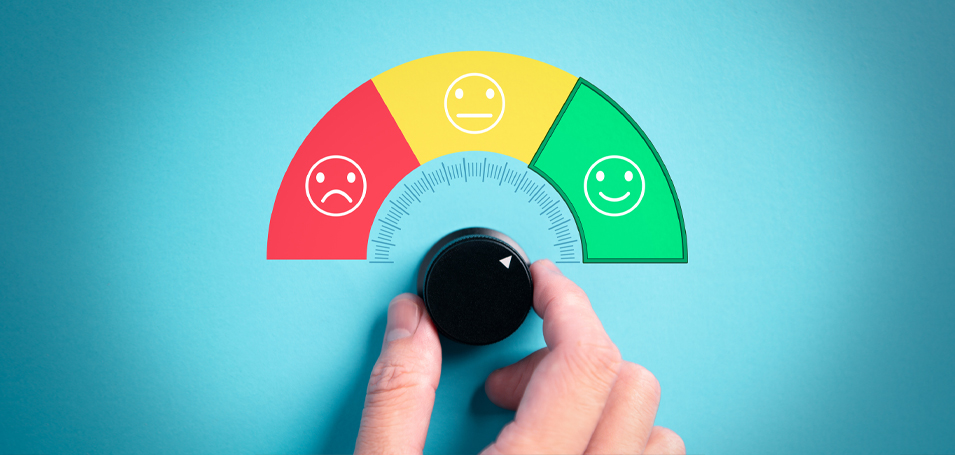We’ve just passed the tipping point for SaaS. As of 2018, more than 50% of companies are now running all of their applications in the cloud according to one market report. This number is expected to climb to 58% in 2019, then balloon to 75% by 2021. And, while this is great news for the SaaS industry as a whole this rising tide will not lift all boats; unfortunately, some companies are bound to sink.
To avoid an untimely demise, savvy companies are making significant investments in customer loyalty and product adoption. After all, if your customers are always jumping ship does it matter that your craft is seaworthy?
A Zendesk survey of more than a thousand people established the link between customer service and lifetime value (LTV). Following a “good customer service experience,” 62 percent of B2B customers bought more; but after a bad customer service interaction an even higher number (66 percent) bought less. The top-rated reasons respondents classified an interaction as “bad”: They had to explain their problem to multiple people, they had an unpleasant interaction, the issue took “too long to resolve” or the problem was never resolved at all.
How are executives today combatting the pressure put on CS teams to not end up in that 66 percent? With customer training.
Enabled customers are self-reliant. They become problem solvers. Your CSMs are then only engaged during strategic calls about platform leverage and not about how to hunt down and deliver XYZ report. Most SaaS organizations are realizing that high-quality well-targeted, well-timed customer training leads to better product adoption, increasing renewal rates, creating more satisfied customers, ultimately boosting your LTV. Let’s look at the itinerary for the cruise they’re on.
Figure Out Why Customers are Jumping Ship
Jill Avery, a senior lecturer at Harvard Business School who has long studied successful brands, says a key to figuring out churn is to find out why customers are leaving and then target similar customers before they’ve made the same decision. Besides holding exit interviews, which can be time-consuming and don’t always result in the frank conversations you’re hoping for, one way to obtain that information is through an analysis of customer training patterns as captured by your customer learning platform.
When you have a training platform that can push learner data into your business intelligence tool and allow you to monitor training consumption alongside product usage, you can begin to track trends among your terminated accounts and proactively intervene when the pattern appears.
Behavioral trends in product usage provide little to no context. But if you can monitor content consumption and course completion alongside product usage, you may start to see gaps in your customer success process. Solving for those gaps is what’s going to ensure retention, renewal and expansion.
Use Customer Education to Produce Stickiness
The idea is straightforward: Individuals undergo an intense level of study to earn a qualification that can be promoted to employers, colleagues and hiring managers. It’s no wonder that once they’ve made the investment of time, effort and money, these people will show a heightened level of commitment to your platform– and your renewal rates will reflect that.
Joe Cannata, who has developed training and certification programs for some of the world’s largest tech companies, has seen a direct link between CE, credentialing and continued business. “Customers who choose to pursue certification in your technology tend to be more self-reliant. They learn how to use the product more effectively, make fewer calls to tech support, and tend to be happier with the implementation, which means they tend to buy more.”
Cannata’s observation is backed up in a research project by the Technology Services Industry Association, which reported that a trained customer:
- Uses the product more (68 percent vs. 32 percent for those who aren’t trained);
- Uses more features and functions of the product (56 percent); and
- Is more comfortable working independently (87 percent).
According to Cannata, people who have gone through extensive training “are less likely to switch to another company’s product line on a whim, because they have a deep investment in the current one.” As he points out, “That translates into stickiness for your products and services.”
Of course, developing a continuing education program backed up by solid credentialing encompasses a lot of administrivia. To prevent the credentialing process from becoming its own customer service quagmire, make sure your customer learning platform supports the automated functionality you need to track learner progress, credit those CE units and deliver those certificates.
Looking beyond the Edge of the Funnel
There’s a difference “between technology adoption and end user product adoption,” as Whatfix Engineer and Marketer Amar Tejaswi has pointed out. He cites the case of Microsoft Office 365, which gained amazing pickup by 85 percent of Fortune 500 companies. Yet, as of 2017, just 18 percent of “active users” were tapping into SharePoint, 12 percent into OneDrive or Skype and only three percent into Yammer — all valuable corporate tools. Based on those numbers, would you count those customers as for-sure renewals?
Your SaaS offering may be picked up by companies as a test solution to an unmet need, serving as a gangway, as it were. But it’s only when the value of the program is understood and experienced by that organization’s end users that it will truly be adopted. A well-managed, targeted training program sets them up for the SaaS journey you’ve designed. And that leads to the destination you have in mind: optimal lifetime value.




